 Your new post is loading...
 Your new post is loading...

|
Scooped by
DocBiodiv
|
Comment évaluer l’efficacité des aires marines protégées ? Souvent décriées, ces zones dans laquelle les activités humaines sont encadrées pour protéger la biodiversité suscitent des controverses sur lesquelles se penchent des chercheurs dans un article publié ce jeudi 29 février dans la revue Science. L’écologue Tom Letessier a mobilisé plus d’une centaine de caméras et les a disposées dans 17 000 endroits différents dans le monde entier, recueillant ainsi 20 000 heures de vidéo sur lesquelles il a pu identifier 823 849 poissons.

|
Scooped by
DocBiodiv
|
Abstract: Coral Reef Islands (CRIs) support key colonies of tropical seabirds, whose long-term sustainability is under growing threat from climate change and small-scale, island-specific pressures such as invasive species or human disturbance. Unlike most compartments of reef ecosystems, CRI seabirds have been poorly studied from a biogeographical perspective, which questions the relevance of existing conservation policies. Here, we investigate the effects of ecological, geographical and anthropogenic drivers on the diversity and abundance of CRI seabird communities, using survey data acquired over the 2000–2023 period in 100 CRIs of New Caledonia, South-western Pacific.

|
Scooped by
DocBiodiv
|
Président du conseil scientifique de la réserve naturelle marine et expert en écologie récifale, Lionel Bigot alerte sur la situation très préoccupante de celle-ci. L'étude menée 14 ans après la création de la réserve montre un net recul du recouvrement corallien et de l'abondance des poissons.

|
Scooped by
DocBiodiv
|
Most of the ‘paper parks’ - or MPAs that fall short of safeguarding marine biodiversity - are located in Latin America and the Caribbean.

|
Scooped by
DocBiodiv
|
Après des années de débats scientifiques, de controverses juridiques et de tractations politiques, les États viennent de conclure un accord sur la conservation et l'utilisation durable de la biodiversité dans les zones situées au-delà de la juridiction nationale. L'équipe de l'Iddri et des experts invités vous proposeront une première analyse du texte et de ses enjeux de mise en œuvre.

|
Scooped by
DocBiodiv
|
Créée en 2001, Globice est une ONG dédiée à la science et à la conservation des cétacés de La Réunion et de l’Océan indien. Association agréée « protection de l’environnement » depuis 2006 et membre de l’Union Internationale de Conservation de la Nature, elle mène de nombreux programmes de recherche et de sensibilisation. Voir aussi https://www.conservation-cetaces.re/

|
Scooped by
DocBiodiv
|
Edito : Wasting away Articles : - Climate change reduces the conservation benefits of tropical coastal ecosystems - Voluntary commitments made by the world’s largest companies focus on recycling and packaging over other actions to address the plastics crisis - Climate change reduces the conservation benefits of tropical coastal ecosystems - Ocean conservation boosts climate change mitigation and adaptation

|
Scooped by
DocBiodiv
|
Decision-making products that support effective marine spatial planning are essential for guiding efforts that enable conservation of biodiversity facing increasing pressures. Key Biodiversity Areas (KBAs) are a product recently agreed upon by an international network of organizations for identifying globally important areas.

|
Scooped by
DocBiodiv
|
The IUCN Red List of Threatened Species is essential for practical and theoretical efforts to protect biodiversity. However, species classified as “Data Deficient” (DD) regularly mislead practitioners due to their uncertain extinction risk. Here we present machine learning-derived probabilities of being threatened by extinction for 7699 DD species, comprising 17% of the entire IUCN spatial datasets. Our predictions suggest that DD species as a group may in fact be more threatened than data-sufficient species. We found that 85% of DD amphibians are likely to be threatened by extinction, as well as more than half of DD species in many other taxonomic groups, such as mammals and reptiles.

|
Scooped by
DocBiodiv
|
A worldwide call to implement habitat protection aims to halt biodiversity loss. We constructed an open-source, standardized, and reproducible workflow that calculates two indexes to monitor the extent of coastal and marine habitats within protected areas and other effective area-based conservation measures. The Local Proportion of Habitats Protected Index (LPHPI) pinpoints the jurisdictions with the greatest opportunity to expand their protected or conserved areas, while the Global Proportion of Habitats Protected Index (GPHPI) showcases which jurisdictions contribute the most area to the protection of these habitats globally. We also evaluated which jurisdictions have the highest opportunity to contribute globally to protecting habitats by meeting a target of 30% coverage. We found that Areas Beyond National Jurisdiction (ABNJ) have the greatest potential to do so.

|
Scooped by
DocBiodiv
|
Scientists at the University of Portsmouth believe a strategy used to protect popular surfing spots could now be more widely adopted to help preserve endangered coastal environments. A new research paper, published this week in Trends in Ecology & Evolution, says, ‘wave reserves’, initially aimed at protecting treasured surf spots, are also a way to ensure the conservation of ecologically valuable coastal areas. The concept of wave reserves has gained popularity over the past few decades. The first wave reserve was established in Bells Beach, Australia in 1973 by surfers keen to defend their prized waves from damaging human activity.

|
Scooped by
DocBiodiv
|
Creating large-scale marine protected areas (MPAs) can be a powerful way for governments to safeguard entire ecosystems. But the success of those MPAs in delivering conservation benefits depends on effective management. That includes monitoring—collecting and analyzing data—which is fundamental to understanding ongoing changes in ocean conditions and biodiversity, measuring the success of conservation strategies, and identifying paths to improve the management of protected areas.

|
Scooped by
DocBiodiv
|
Pour se repérer dans les diverses sortes d'aires marines protégées (AMP) – dotées d'objectifs et réglementations différentes – 43 spécialistes des sciences marines et sociales, du Centre national de la recherche scientifique (CNRS) et de l'Institut de recherche pour le développement (IRD) en France, ont élaboré un guide des AMP. Publié jeudi 9 septembre dans Science, ce dernier fournit un cadre pour planifier, cartographier, suivre et contrôler l'atteinte des objectifs assignés.
|

|
Scooped by
DocBiodiv
|
50 aires marines protégées d’une valeur universelle exceptionnelle : des symboles d’espoir dans un océan en mutation. Infos, actualités, projets, ressources.

|
Scooped by
DocBiodiv
|
Anthropogenic light is ubiquitous in areas where humans are present and is showing a progressive increase worldwide. This has far-reaching consequences for most species and their ecosystems. The effects of anthropogenic light on natural ecosystems are highly variable and complex. Many species suffer from adverse effects and often respond in a highly specific manner. Ostensibly surveyable effects such as attraction and deterrence become complicated because these can depend on the type of behavior and specific locations. Here, we considered how solutions and new technologies could reduce the adverse effects of anthropogenic light.

|
Scooped by
DocBiodiv
|
Human rights matter for marine conservation because people and nature are inextricably linked. A thriving planet cannot be one that contains widespread human suffering or stifles human potential; and a thriving humanity cannot exist on a dying planet. (...) We argue that adopting a human rights-based approach to marine conservation, that is integrating equity as a rights-based condition rather than a charitable principle, will not only help meet legal and ethical obligations to respect, protect, and fulfil human rights, but will also result in greater and more enduring conservation impact.

|
Scooped by
DocBiodiv
|
D'après une étude publiée dans Nature Climate Change, certains groupes d'animaux sauvages – neuf au total – possèderaient un "effet multiplicateur" dans l'absorption du CO2 de l'atmosphère et le stockage du carbone au sein des écosystèmes naturels, contribuant à la lutte contre le réchauffement climatique. Mais les données scientifiques à la base de cette conclusion sont fragiles.

|
Scooped by
DocBiodiv
|
Coastal communities are on the frontlines of three accelerating global change drivers, climate change, blue growth, and the expansion of area-based conservation, leading to a “triple exposure” scenario. Despite efforts to maximize social benefits from climate, development, and conservation, externally driven processes can converge to amplify vulnerabilities and inequalities.

|
Scooped by
DocBiodiv
|
Dans la première partie de Sens Public, un débat consacré à l’avenir de notre planète. Plus de 190 pays sont réunis à Montréal pour une COP, une conférence des Nations Unies consacrée à la biodiversité. Un million d’espèces sont menacées, c’est donc un sommet pour sauver la nature dont on va détailler les enjeux dans une minute.

|
Scooped by
DocBiodiv
|
Suite à la publication en 2020 d’un premier volume de la Liste rouge des écosystèmes côtiers méditerranéens dédié aux dunes côtières et rivages sableux, le Comité français de l’UICN, l’OFB et le MNHN publient aujourd’hui un second volume sur les rivages rocheux du littoral méditerranéen. Cette évaluation, qui a mobilisé de nombreux experts (universités, Conservatoires botaniques nationaux, Conservatoire du littoral), montre que deux tiers des écosystèmes identifiés sont menacés ou quasi-menacés du fait de l’urbanisation du littoral, de la fréquentation ou encore de la présence d’espèces végétales exotiques envahissantes. Des actions sont nécessaires pour protéger ce patrimoine écologique exceptionnel, avec des cortèges d’espèces que l’on ne retrouve nulle part ailleurs en France.

|
Scooped by
DocBiodiv
|
Les aires marines protégées (AMP) sont l’une des solutions avancées pour contribuer à l'adaptation et à l'atténuation des effets du changement climatique. Pour le démontrer, des scientifiques du Criobe (CNRS/École pratique des hautes études/UPVD) au sein d’une équipe internationale

|
Scooped by
DocBiodiv
|
Coral reefs are home to over a quarter of all ocean life. They are also a source of food, livelihoods, and cultural heritage for 500 million people, and protect coastlines and communities from storms and erosion. Our work is guided by science, and since the original 50 Reefs study, we have produced a number of reports to inform our coral conservation efforts.

|
Scooped by
DocBiodiv
|
It is time to acknowledge and address the rapid shifts in Canada’s oceans. To meet this challenge, Canada’s marine conservation toolbox — starting with the Oceans Act — needs an overhaul.

|
Scooped by
DocBiodiv
|
La protection des récifs coralliens est un enjeu fort et une responsabilité pour la France, 4e État corallien du monde. Elle nécessite des outils de gestion efficaces, notamment pour évaluer leur état écologique, révélateur des menaces sur la biodiversité et de l’efficacité des actions en faveur de sa préservation. Cet ouvrage présente la synthèse des réflexions menées de 2016 à 2019 par les scientifiques et gestionnaires lors des séminaires du groupe de travail sur les récifs coralliens.

|
Scooped by
DocBiodiv
|
Critically endangered North Atlantic right whales are in the midst of an Unusual Mortality Event (UME), with an estimated 50 whales dying in the last four years. New research published in Oceanography reveals that the climate crisis is the ultimate culprit in their decline as changing conditions have forced them to move into less protected waters.
|
 Your new post is loading...
Your new post is loading...
 Your new post is loading...
Your new post is loading...








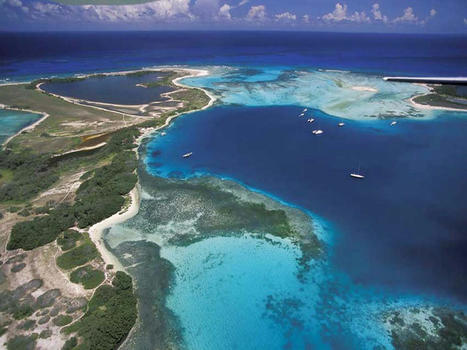

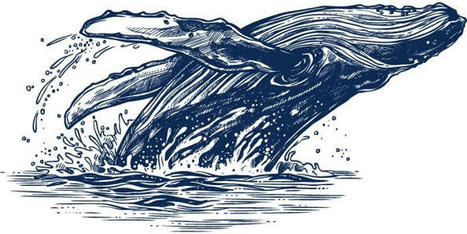

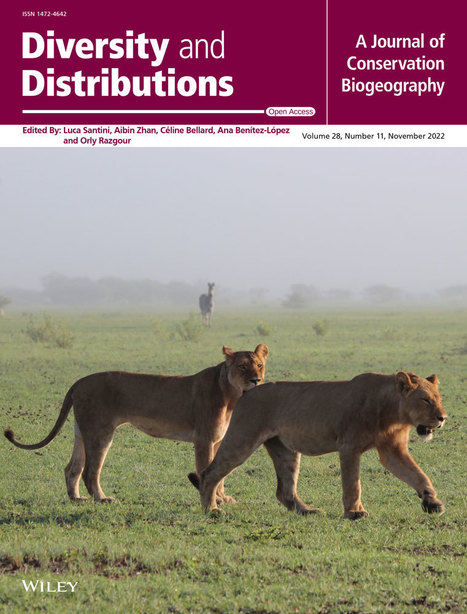
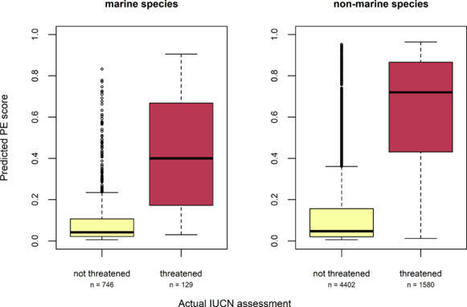
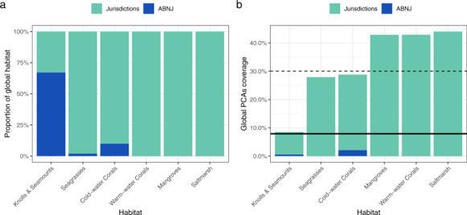
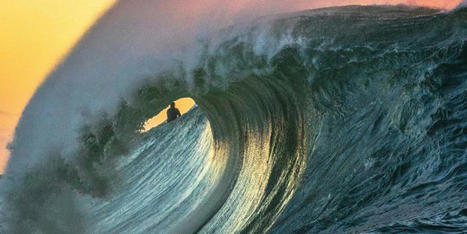
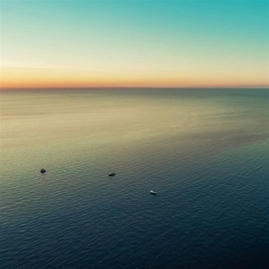


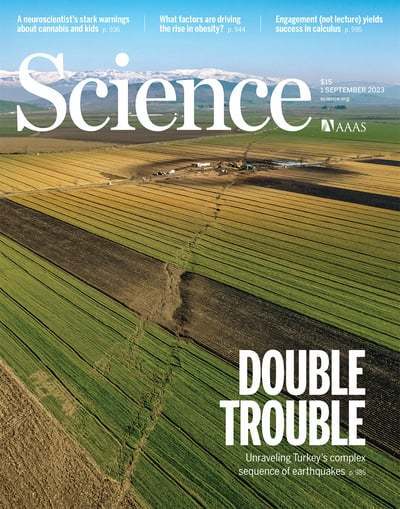
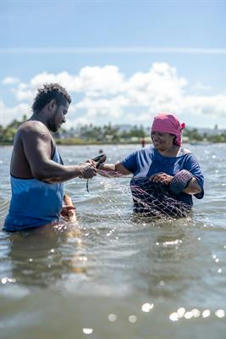
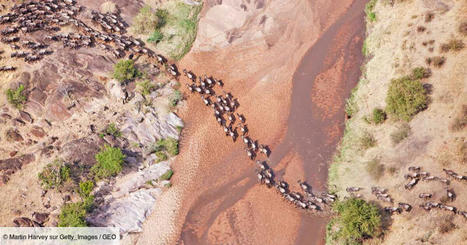


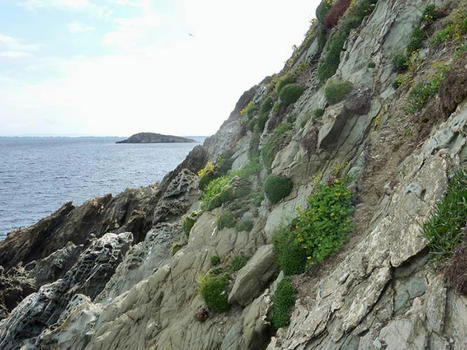
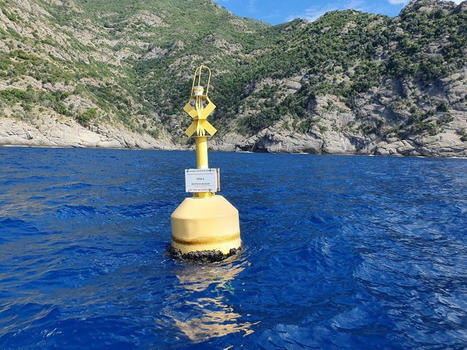
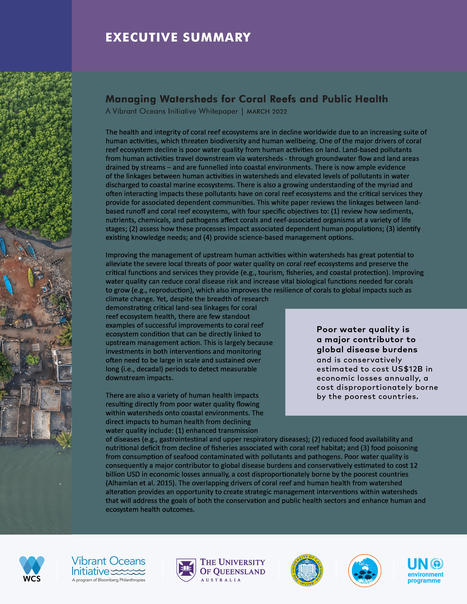
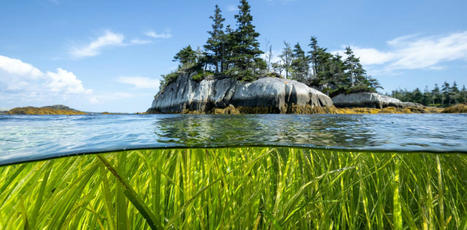

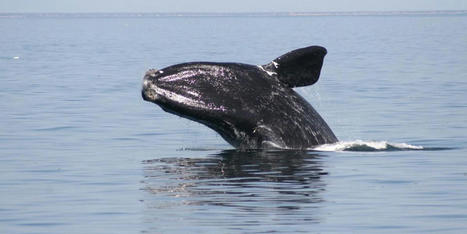





Par Olivier Monod publié le 29 février 2024
Tom B. Letessier et al., Divergent responses of pelagic and benthic fish body-size structure to remoteness and protection from humans.Science383,976-982(2024).DOI:10.1126/science.adi7562